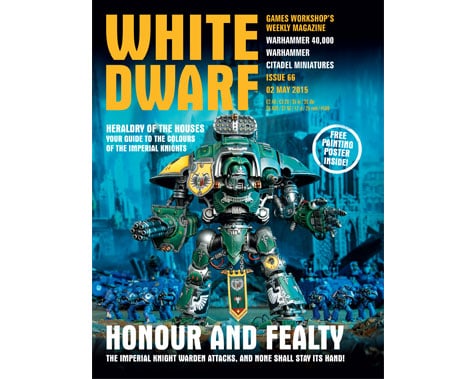
The idea of a paradise lost - or, more accurately, stolen and desecrated, the M.O. The counterpoint is blunt: The pictures run down the wall and around the corner, years measured in the kids’ advancing height, frame by frame, all of them against the prison portrait wall, painted with a crude potted plant. There’s a breathtaking moment about halfway in, where an edenic image of a woman and man, placidly naked in the deep green of a jungle glade, hangs alongside a string of snapshots of Lawson’s cousin visiting her partner, and the father of her children, in prison. But, as ICA curator Eva Respini writes in the catalog, Lawson sees the work on a continuum of a great interconnected Black family album of the diaspora, with all its fractures and traumas. Her early works were conceived as standalones, often the product of moments of spontaneous inspiration - the artist would meet people she decided she wanted to photograph, sometimes while traveling, and quickly elaborate a narrative around them. Such out-there notions may seem far from the modest and shuttered interiors that form the bulk of Lawson’s work, but it helps set the broader stage. More than 30 years later, with rising calls for racial equity, such images are no less absent as an avalanche of media zeroes in on protest, flashpoint, calamity the tenor of the moment freights her overarching project, slow and meditative as it is, with paradoxical urgency.
#White dwarf magazine 2015 series
Whether in an embrace with her husband, helping children with homework, having her hair done by a friend, or crumpled in solitary despair, the resolute interiority of the series spoke much the same language: of an everyday world hidden from sight. In Wall’s hands, Eugène Delacroix’s “ The Death of Sardanapalus,” a scene of ferocious, Bacchanalian carnage and excess, became a ransacked flophouse bedroom.Ī direct echo might be the work of Carrie Mae Weems, whose 1990 “ The Kitchen Table Series” captured the artist under the glare of a pendant light at a table in a windowless room. More closely, you can draw a straight line to the Pictures Generation in the 1970s and ‘80s and artists like Jeff Wall, whose mannered, highly-posed photographs directly deconstructed history painting by rebuilding specific works for the camera as critique of both the canon and contemporary world itself. You can see in the epic scale and intricate stage-managing of Lawson’s pictures a nod to the centuries-old convention of European history painting, Great Works depicting Great Men - all of them white - turned to the service of ennobling everyday Black life. The work tucks neatly into various streams of art history, near and far. Her photographs, largely, are serene, contemplative, and rarely confrontational they brim with detail and nuance, however outwardly frank. Like any art worth your time, Lawson’s work leaves ample space - sometimes uncomfortably - for each of us to reconcile our own place in the everyday epic that is her pictorial world. It’s a reminder that who you are informs what you see, a dynamic the pictures quietly reinforce with a determined air of mystery. Even so, the implication is less accusation than invitation.


Just being there felt like intruding in her later works, Lawson seemed to confirm that feeling, some pictures framed with mirrors so you can’t help but see yourself looking (”Axis” is one of those). Her pictures are overwhelmingly internal, private, interior, and intimate, often unsettlingly so - views into quotidian Black life, historically all but absent in the photographic canon. Modest and apart from the frank fleshiness her pictures often capture - in “Axis,” 2018, three women pose naked, synchronized in a prone pirouette on a gaudy floral-print rug in “Living Room,” 2015, a nude woman stands with her arms resting tenderly on the shoulders of a shirtless man seated in a chair in front of her in a room filled with boxes - “Portal” both diverges from and encapsulates Lawson’s broader project. “Portal” is one of the last pictures installed here, in a show of more than 50 of her works made over almost two decades. And that, ultimately, is what Lawson’s work is all about. Its title suggests something else: She calls it “Portal”: a view in, a window to.

Or is it? The cheap, careworn hide suggests many things - neglect, decay, unraveling. A gash in brown vinyl, stuffing and spring exposed under a harsh glare: The picture, of the seat of a ragged chair in close-up, is the least human of Deana Lawson’s overwhelmingly human pictures in her just-opened exhibition at the Institute of Contemporary Art.


 0 kommentar(er)
0 kommentar(er)
